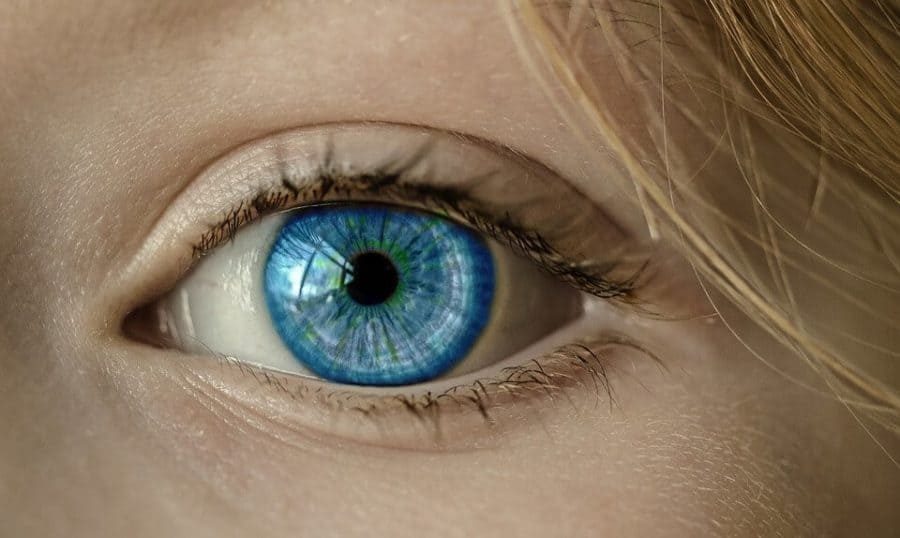Researchers at the National Institutes of Health (NIH) have made a breakthrough in eye imaging by applying artificial intelligence to a technique called adaptive optics (AO). This combination has resulted in images that are 100 times faster to produce and have a 3.5-fold improvement in contrast, potentially providing a powerful tool for evaluating age-related macular degeneration (AMD) and other retinal diseases.
Johnny Tam, Ph.D., who leads the Clinical and Translational Imaging Section at NIH’s National Eye Institute, emphasizes the importance of this development, stating, “Artificial intelligence helps overcome a key limitation of imaging cells in the retina, which is time.”
Tam and his team are working to improve imaging devices based on optical coherence tomography (OCT), a noninvasive, quick, and painless technology that is standard in most eye clinics. By adding AO to OCT, researchers can capture high-resolution, 3D images of retinal structures at a cellular level, allowing them to detect very early signs of disease.
However, imaging retinal pigment epithelium (RPE) cells with AO-OCT presents challenges, such as a phenomenon called speckle, which obscures parts of the image, similar to how clouds interfere with aerial photography. Traditionally, researchers have had to capture and piece together numerous images over a long period to create a speckle-free image of the RPE cells, which is a time-consuming and laborious process.
To address this issue, Tam and his team developed a novel AI-based method called parallel discriminator generative adverbial network (P-GAN), a deep learning algorithm. By training the P-GAN network with nearly 6,000 manually analyzed AO-OCT images of human RPE, each paired with its corresponding speckled original, the network learned to identify and recover cellular features obscured by speckle.
When tested on new images, P-GAN successfully de-speckled the RPE images, recovering cellular details with just one image capture, yielding results comparable to the manual method that required the acquisition and averaging of 120 images. Vineeta Das, Ph.D., a postdoctoral fellow in Tam’s lab, estimates that P-GAN reduced imaging acquisition and processing time by about 100-fold while also yielding 3.5 times greater contrast.
Tam believes that integrating AI with AO-OCT will make this imaging technology more accessible for routine clinical applications and research studies aimed at understanding the structure, function, and pathophysiology of blinding retinal diseases. He sees this as a paradigm shift in the field of AI, stating, “Our results suggest that AI can fundamentally change how images are captured. Thinking about AI as a part of the overall imaging system, as opposed to a tool that is only applied after images have been captured, is a paradigm shift for the field of AI.”
The RPE, a layer of tissue behind the light-sensing retina that supports the metabolically active retinal neurons, including the photoreceptors, is of particular interest to scientists because many retinal diseases occur when the RPE breaks down. By integrating AI with AO-OCT, Tam believes that a major obstacle for routine clinical imaging of the RPE has been overcome.
This groundbreaking research, published in Communications Medicine, demonstrates the potential of AI to revolutionize eye imaging and improve the diagnosis and treatment of retinal diseases. As basic research continues to increase our understanding of human biology and behavior, advances like this one bring us closer to developing sight-saving treatments and expanding opportunities for people with vision impairment.

